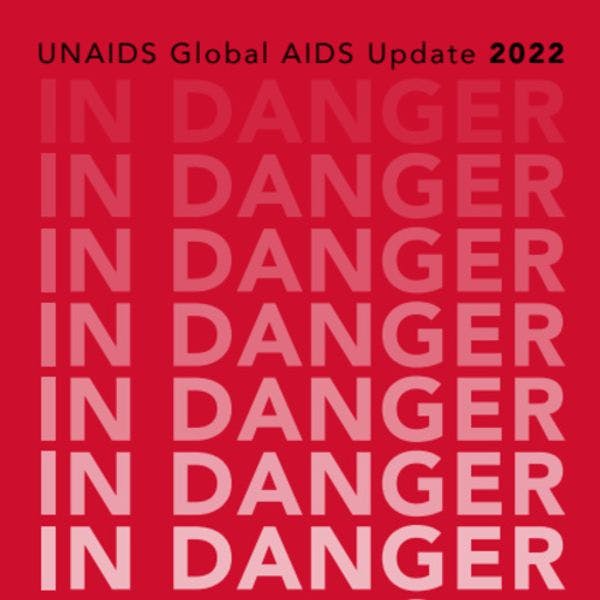IN DANGER: UNAIDS Global AIDS Update 2022
The global AIDS response is under threat.
Over the past two and a half years, the colliding AIDS and COVID-19 pandemics—along with economic and humanitarian crises—have
placed the global HIV response under increasing threat. COVID-19 and other instabilities have disrupted health services in much of the world, and millions of students have been out of school, increasing their HIV vulnerability (1). Low- and middle-income countries have been challenged to respond as 60% of the world’s poorest countries are in debt distress or at high risk of it, and an estimated 75 to 95 million people have been pushed into poverty, an increase without precedent (2, 3). As a result, the AIDS response has faced serious pressure while communities that were already at greater risk of HIV are now even more vulnerable.
In some parts of the world and for some communities, the response to the AIDS pandemic has shown remarkable resilience in adverse times, which has helped avoid the worst outcomes. However, global progress against HIV is slowing rather than accelerating: the latest data collected by UNAIDS show that while new HIV infections fell globally last year, the drop was only 3.6% compared to 2020—the smallest annual reduction since 2016. As a result, many regions, countries and communities are left to address rising HIV infections alongside other ongoing crises.
